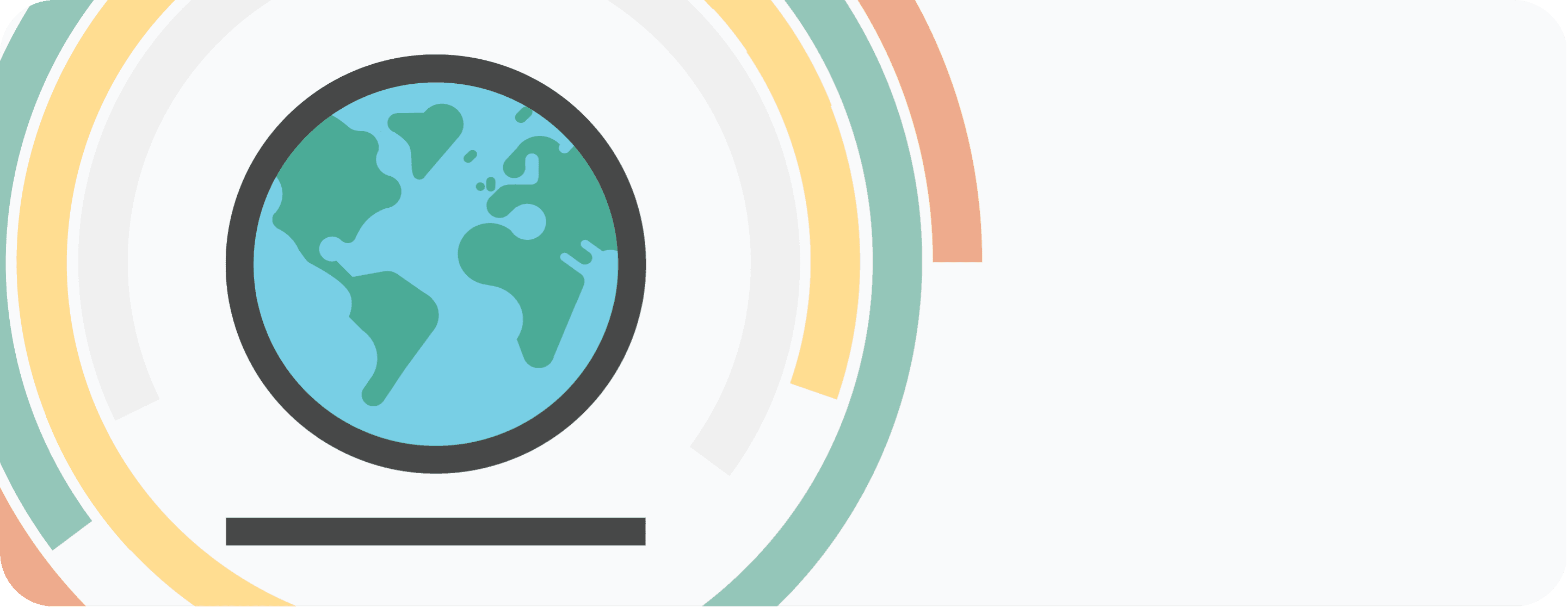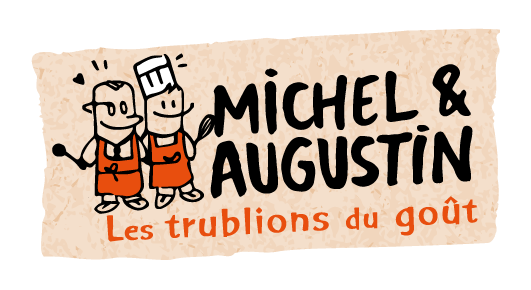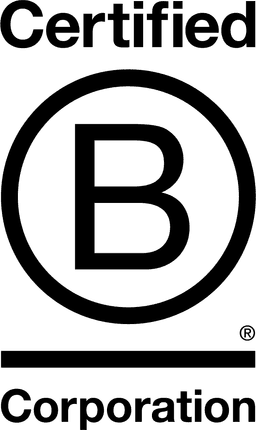

Michel et Augustin

Paris, France
September 2020
Food products
Wholesale/Retail
France,
United States
Amis d’enfance, Michel et Augustin ont décidé de créer leur aventure en 2004, une Tribu composée de 100 trublions proposant des recettes gourmandes concoctées à partir d’ingrédients de qualité et dont la composition est compréhensible par tous. Biscuits sucrés, salés, desserts gourmands, yaourts, boissons, nous proposons une large gamme de recettes car nous sommes passionnés par le goût (nous sommes tous diplômés du CAP Pâtissier) et considérons que notre mission est de relever les défis de la gourmandise et de nous adapter aux changements du monde alimentaire. Ceci, en étant entrepreneur de nos vies et en prenant soin de notre chouette planète : faire avant de faire faire. Childhood friends, Michel and Augustin decided to create their adventure in 2004, a Tribe made up of 100 troublemakers offering gourmet recipes concocted from quality ingredients and whose composition is understandable by all. Sweet and savory cookies, gourmet desserts, yogurts, drinks. They offer a wide range of recipes because we are passionate about taste (they are all graduates of the CAP Pâtissier) and consider that our mission is to meet the challenges of gluttony and adapt to changes in the food world. This, by being the entrepreneur of our lives and by taking care of our great planet: do before doing.
Overall B Impact Score
Governance 16.1
Governance evaluates a company's overall mission, engagement around its social/environmental impact, ethics, and transparency. This section also evaluates the ability of a company to protect their mission and formally consider stakeholders in decision making through their corporate structure (e.g. benefit corporation) or corporate governing documents.
What is this? A company with an Impact Business Model is intentionally designed to create a specific positive outcome for one of its stakeholders - such as workers, community, environment, or customers.
Workers 23.3
Workers evaluates a company’s contributions to its employees’ financial security, health & safety, wellness, career development, and engagement & satisfaction. In addition, this section recognizes business models designed to benefit workers, such as companies that are at least 40% owned by non-executive employees and those that have workforce development programs to support individuals with barriers to employment.
Community 20.9
Community evaluates a company’s engagement with and impact on the communities in which it operates, hires from, and sources from. Topics include diversity, equity & inclusion, economic impact, civic engagement, charitable giving, and supply chain management. In addition, this section recognizes business models that are designed to address specific community-oriented problems, such as poverty alleviation through fair trade sourcing or distribution via microenterprises, producer cooperative models, locally focused economic development, and formal charitable giving commitments.
What is this? A company with an Impact Business Model is intentionally designed to create a specific positive outcome for one of its stakeholders - such as workers, community, environment, or customers.
Environment 22.5
Environment evaluates a company’s overall environmental management practices as well as its impact on the air, climate, water, land, and biodiversity. This includes the direct impact of a company’s operations and, when applicable its supply chain and distribution channels. This section also recognizes companies with environmentally innovative production processes and those that sell products or services that have a positive environmental impact. Some examples might include products and services that create renewable energy, reduce consumption or waste, conserve land or wildlife, provide less toxic alternatives to the market, or educate people about environmental problems.
What is this? A company with an Impact Business Model is intentionally designed to create a specific positive outcome for one of its stakeholders - such as workers, community, environment, or customers.
Customers 3.5
Customers evaluates a company’s stewardship of its customers through the quality of its products and services, ethical marketing, data privacy and security, and feedback channels. In addition, this section recognizes products or services that are designed to address a particular social problem for or through its customers, such as health or educational products, arts & media products, serving underserved customers/clients, and services that improve the social impact of other businesses or organizations.